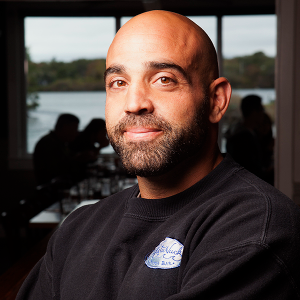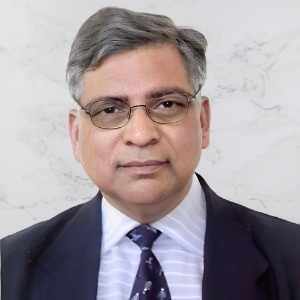Global Market Trends of Aquaculture
The global aquaculture market has been growing steadily, driven by an increased demand for sustainable seafood and advancements in farming technology. As wild fish stocks decline and environmental awareness rises, more consumers are turning to farmed seafood as a sustainable option. Major growth areas include China, Southeast Asia, and Latin America, where improved aquaculture practices are helping boost production. In recent years, organic and eco-friendly feed options, along with automated aquaculture systems, have contributed to efficient resource use and reduced environmental impact. Additionally, regulatory frameworks promoting sustainable practices support growth across Europe and North America. While challenges like disease outbreaks and market fluctuations persist, the market shows resilience, with innovations continuing to support its upward trend.

Perry Raso
Matunuck Oyster Farm, United States
J L Giovanna Hesley
Education Emerita, CropKing Inc., United States
Virendra Kumar Goswami
Indian Institute of Technology, India
Amit Das
Memorial University of Newfoundland, Canada
Mandeep Kaur
Panjab University, India
Pavarot Noranarttragoon
Department of Fisheries, Thailand



Title : Application of Artificial Intelligence and NISAR satellite to study the air sea CO2 exchange and aquatic toxicology to develop ‘Aquatic Pollution Remediation Technologies’(PART)
Virendra Kumar Goswami, Indian Institute of Technology, India
Title : Conditionally pathogenic microparasites (Microsporidia and Myxosporea) of mullet fish potential objects of mariculture in the Black and Azov Seas
Violetta M Yurakhno, A. O. Kovalevsky Institute of Biology of the Southern Seas of Russian Academy of Sciences, Russian Federation
Title : New approaches to assessing and managing the multispecies fishery in the Gulf of Thailand
Pavarot Noranarttragoon, Department of Fisheries, Thailand
Title : Integrating art, science and rural development: The multifaced role of aquarium keeping
T V Anna Mercy, Kerala University of Fisheries and Ocean Studies, India
Title : Seaweed aquaculture policy gap analyses in Indonesia, Kenya, and Tanzania
Megan Considine, The Nature Conservancy, Puerto Rico
Title : Utilizing art to enhance learning STEM subjects required for aquaculture
J L Giovanna Hesley, Education Emerita, CropKing Inc., United States